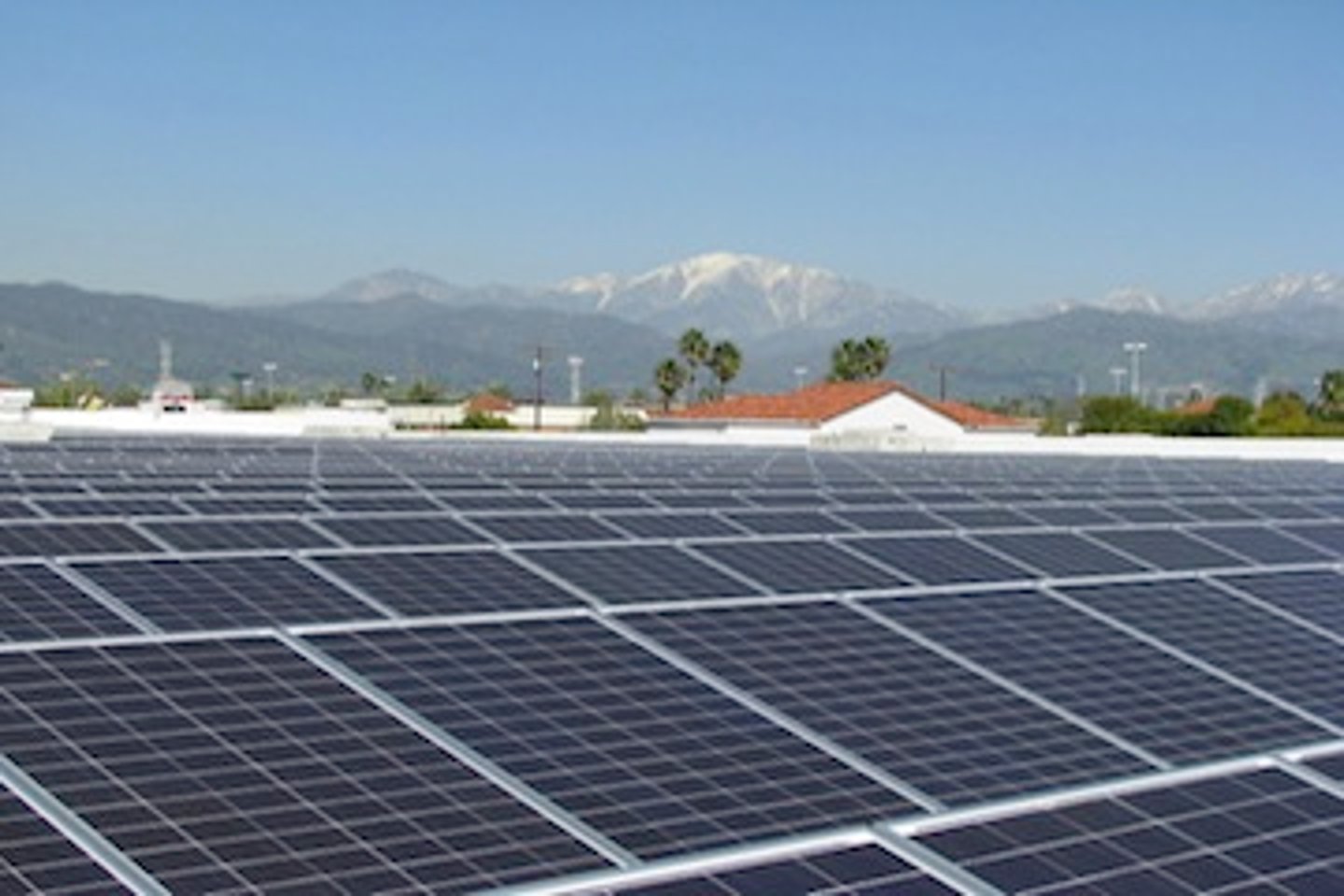Supermarkets adding more solar power
The grocery industry is on fire. Or, at least, it’s burning from higher electricity bills. Which is at least one explanation why some North American supermarket retailers are looking to offset their power bills by going solar.
The American arm of German retailer Aldi recently pledged US$3.8 million to install solar panels on the roofs of 10 of its North Carolina stores; also in North Carolina, Target Corp. just registered 27 rooftop solar panels; Loblaw, Canada’s largest grocer, added 23 rooftop solar installations to its operation last year, bringing the total to 62; and Walmart now boasts the biggest solar power capacity of any company in North America.
Among the smaller converts, find Paul’s Supermarket in tiny Lake Ozark, Miss. The store, the third in a family-run trio, installed 208 solar panels on its roof two years ago.
Store management made the move, says owner Tom Burditt, in part to take advantage of the incentives on offer from local power supplier Ameren Miss. The utility rebated $2 per watt, a windfall that knocked the US$135,000 installation bill down to $24,500.
Paul’s solar voltaic systems divide a 52-KW generating capacity into two 26-KW units, one supplying electricity to the supermarket; the other to its parking lot lights.
The arrangement allows the retailer to operate its lot lights “at a very low cost.” But, says Burditt, whose store spends $15,000 a month on electricity, “the break to its energy bills is negligible. With a 30% government tax credit, Paul’s saves about $6,300 a year.
“Given the amount of electricity we use, solar is just a drop in the bucket. But every little bit helps,” Burditt says.
Certainly solar energy makes financial sense. The price of installing solar systems is more attractive than ever, down 63% in 2014 from 2010.
Still, it’s more than economics triggering commercial conversion to solar power. There are no moving parts to the stuff.
Solar power is produced during the day when the demand on the electric grid is the greatest (and when big users have to pay peak-demand rates). And the technology is more efficient than ever (early solar cells operated at 4% efficiency; silicon solar cells now operate at an average of 16% efficiency).
As for Paul’s conversion, says Burditt, “it was worth it. We’re heavy energy users and this lessens the demand on the grid and the environment. It’s clean energy, it’s sustainable energy, it’s not something that’s going to be gone–ever.
“As a business plan, the economics of it

